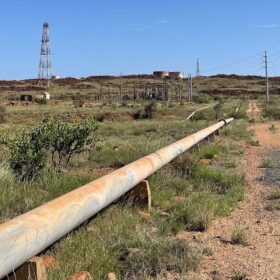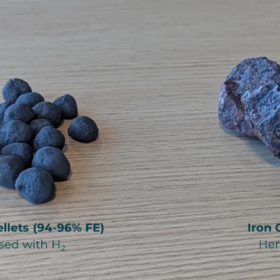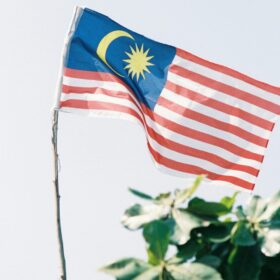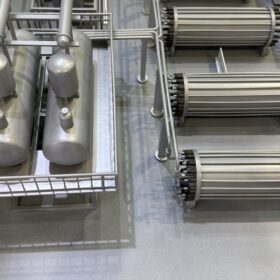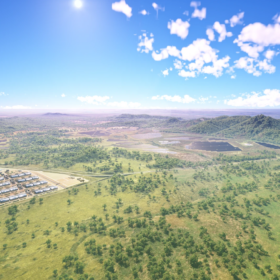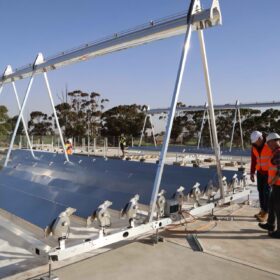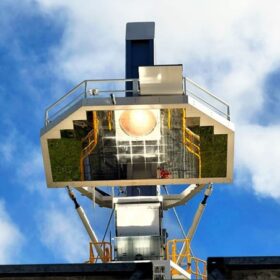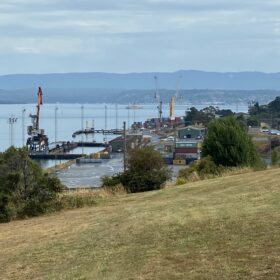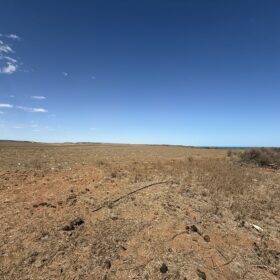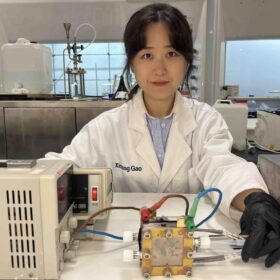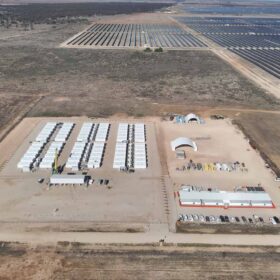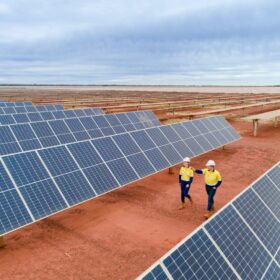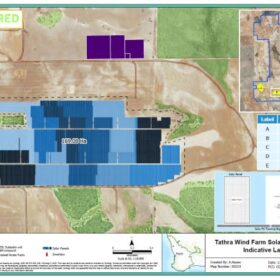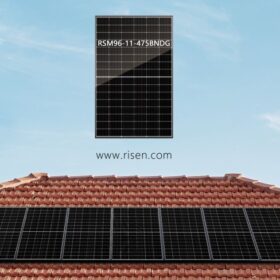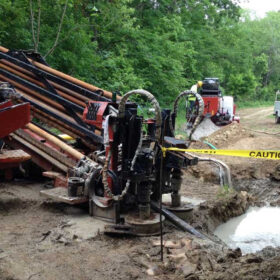BP backs out of 26 GW green hydrogen plan in WA’s Pilbara
Global oil giant BP has quit the proposed Australian Renewable Energy Hub that would include the installation of up to 26 GW of solar and wind generation, much of which would have been used to produce green hydrogen and ammonia.
New Western Australia partnership takes aim at producing green iron
Three Western Australian companies have joined forces to form a new joint venture with the goal of producing green iron using iron ore and green hydrogen produced locally.
Malaysian utility unveils hydro-floating solar, hydrogen hubs
Tenaga Nasional Berhad says the newly-announced hybrid hydro floating solar hub and green hydrogen hub will position Malaysia as a regional leader in the green hydrogen value chain.
Australia’s green hydrogen dream falters: 5 key reasons
As the world looks for ways to tackle climate change, Australia has invested heavily in green hydrogen, which is shaping as the best option to strip carbon emissions from some industrial processes, such as iron-making and ammonia production. But making the dream a reality in Australia is proving difficult.
Stanwell exits Gladstone green hydrogen project
Queensland’s largest green hydrogen project is on the scrap heap after state government-owned Stanwell Corporation announced its withdrawal from the international consortium developing the estimated $12.5 billion production plant and pipeline.
Green hydrogen pilot plant launches in SA
A pilot hydrogen energy plant that will employ a novel approach by producing green hydrogen directly from water and sunlight, without relying on electrolysers or grid power, is on track to begin commissioning in South Australia next month.
Solar-to-hydrogen efficiency boosted by CSIRO breakthrough technology
Researchers at the CSIRO have proven a new full thermochemical hydrogen production cycle – from solar input to hydrogen output – has the potential to achieve a solar-to-hydrogen efficiency of higher than 20%, 5% more than many existing systems.
Tasmania taps Powerfuels project to lead Bell Bay Hydrogen Hub
The Tasmanian government has named Abel Energy’s $2 billion Bell Bay Powerfuels project as the lead proponent for the Bell Bay Hydrogen Hub, declaring the decision positions the precinct as a key renewable energy asset.
Xodus lands WA site for giga-scale green hydrogen project
The Western Australian government has allocated United Kingdom-headquartered energy consultancy Xodus Group land on the state’s mid-west coast to support the development of a proposed 1 GW green hydrogen production project.
Australian researchers turn to urine to cut hydrogen costs
Australian researchers have developed electrolysis systems that use urea sourced from urine and wastewater to generate hydrogen at “significantly lower” energy costs than traditional water-splitting methods.
